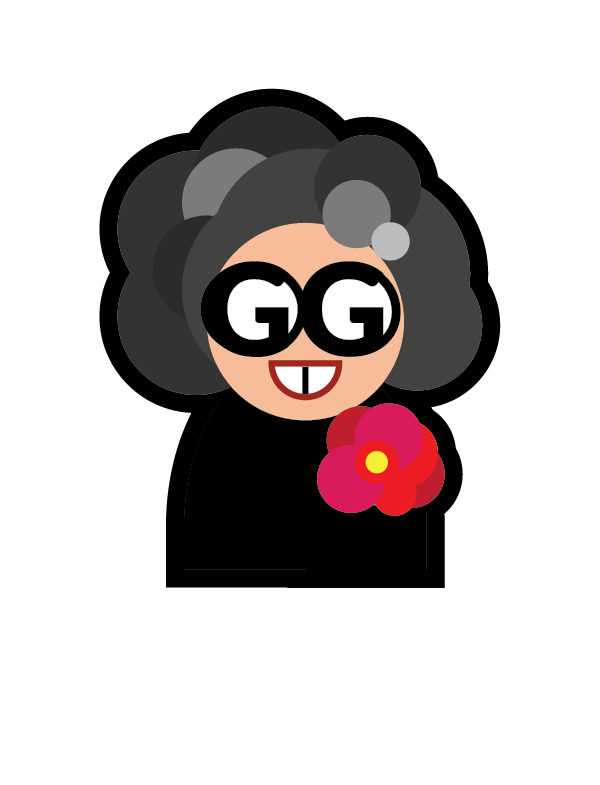When we think about change we usually think about that change on a spectrum - a spectrum that shifts between that what we consider real and that which we consider possible. Sometimes what is real makes us wish for different possible futures. Sometimes what is possible drives us to create new realities.
These perceived states - the real and the possible - form our beliefs about change. They shape our ideas about what the future could look like, and guide our decisions about the actions we are able to take.
Meet Dee and Ree.
Originally, I generated these two characters as visuals to use when teaching design processes, but over time I've realized they help shape a powerful heuristic for thinking about change.
 Dee represents the possible(s). Ree represents the real(s).
Dee represents the possible(s). Ree represents the real(s).
Dee is called Dee because she requires us to “de-situate” ourselves to seek out the possible(s). De-situating is a process of letting go of the things that constrain us and allowing ourselves to get into a space of being open to things that are different - we look for what is possible. Possible can often seem out of control, bizarre, strange, uncomfortable and often ridiculous.
Ree is called Ree because he requires us “re-situate” ourselves to understand our current realities. Re-situating is a process of tapping into the things that constrain us - it is about understanding the ways that our situatedness is deeply held and the many ways that it shapes how we function. We are looking for what is real. Real can often seem rule-bound, trustworthy, predictable, and comfortable.
When you De-situate, you are open to all forms of information. You use emotional and sensory thinking. You invite chaos.
When you Re-situate, you recognize which kinds of information are valuable. You use rational and logical thinking. You impose order.
Why do Dee and Ree Matter?
I work as a designer and I teach designers. Despite the rise of design-led organizations (think IKEA and Apple) and the recognition of design as a tool for shaping innovation (marked by a recent rise of the "Design Thinking" movement) many people still think of design as a practice that is about material aesthetics. Many designers still struggle in organizations because the act of design is often seen as an end process that is about simply “making pretty”. But designing is about more than just creating aesthetic beauty. Design is a way of enacting change that is usually called on when it is perceived that the existing reality could benefit from a new possibility.
"To design is to devise courses of action aimed at changing existing situations into preferred ones."
Herb Simon
If Herb Simon is right, that makes all of us designers.
The job of enacting change is tricky. It is about finding the best fit between what is real and what is possible, and translating the possible to the real in a (relatively) smooth way.
In learning and work contexts, it is challenging for people to de-situate - acts of imagining possible(s) are often viewed as novelty activities - we don’t consider the act of synthesis as generating “real” knowledge.
We are not great at change because we are not taught how to leverage generative and creative mindsets as tools for more than material outputs. We are not taught how to think with Dee and how to make with Ree.
The bias that “knowledge = replicable results” has shaped our work and education systems and has limited our capacity to be open to the value of de-situated thinking. We have limited our educational focus to learning about what we consider “real” and not investing in developing skills to sense the possible. This is not going to help us as we move into using AI more in our work and learning processes.
I am curious to better understand how we might support developing our capacity for Dee - and how we can better learn from the wisdom of Ree. How can we invite chaos in support of growth and positive change, how can we leverage order to support consistency and security - and how might we develop the skills to weave transitional spaces between the two?
